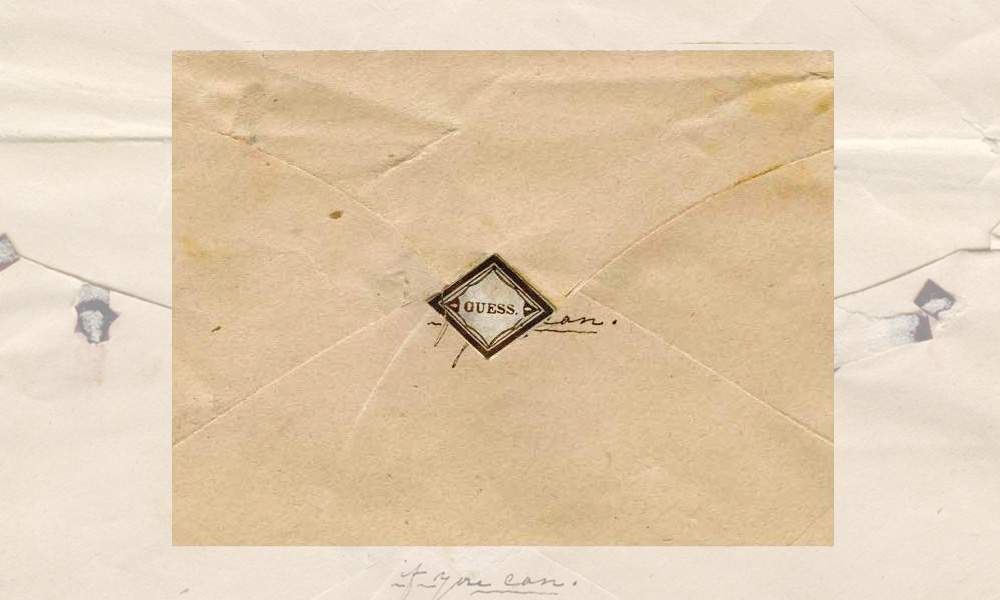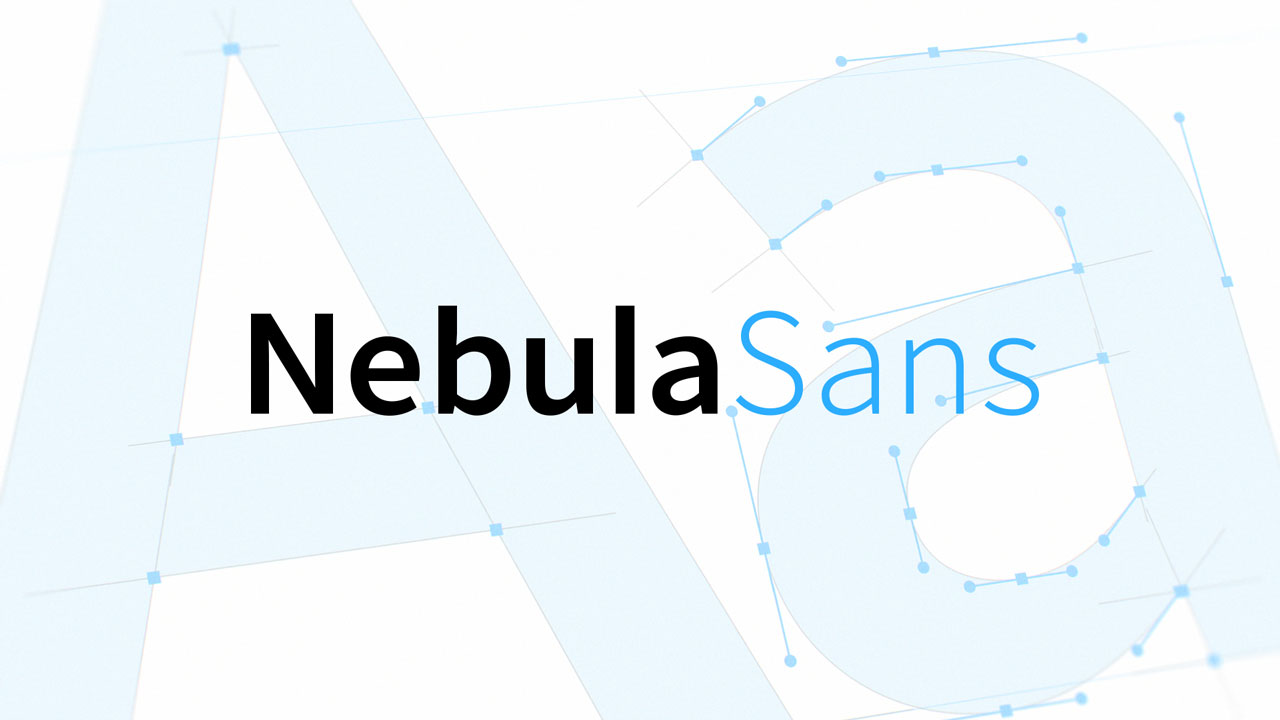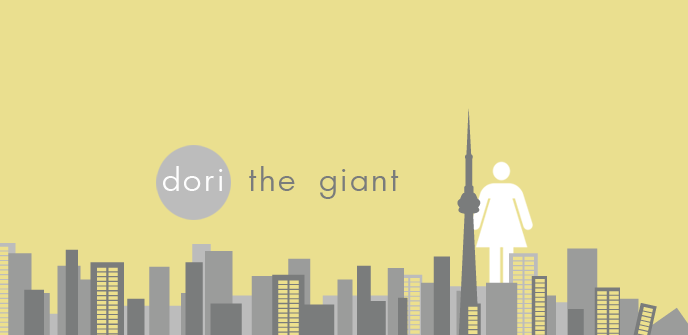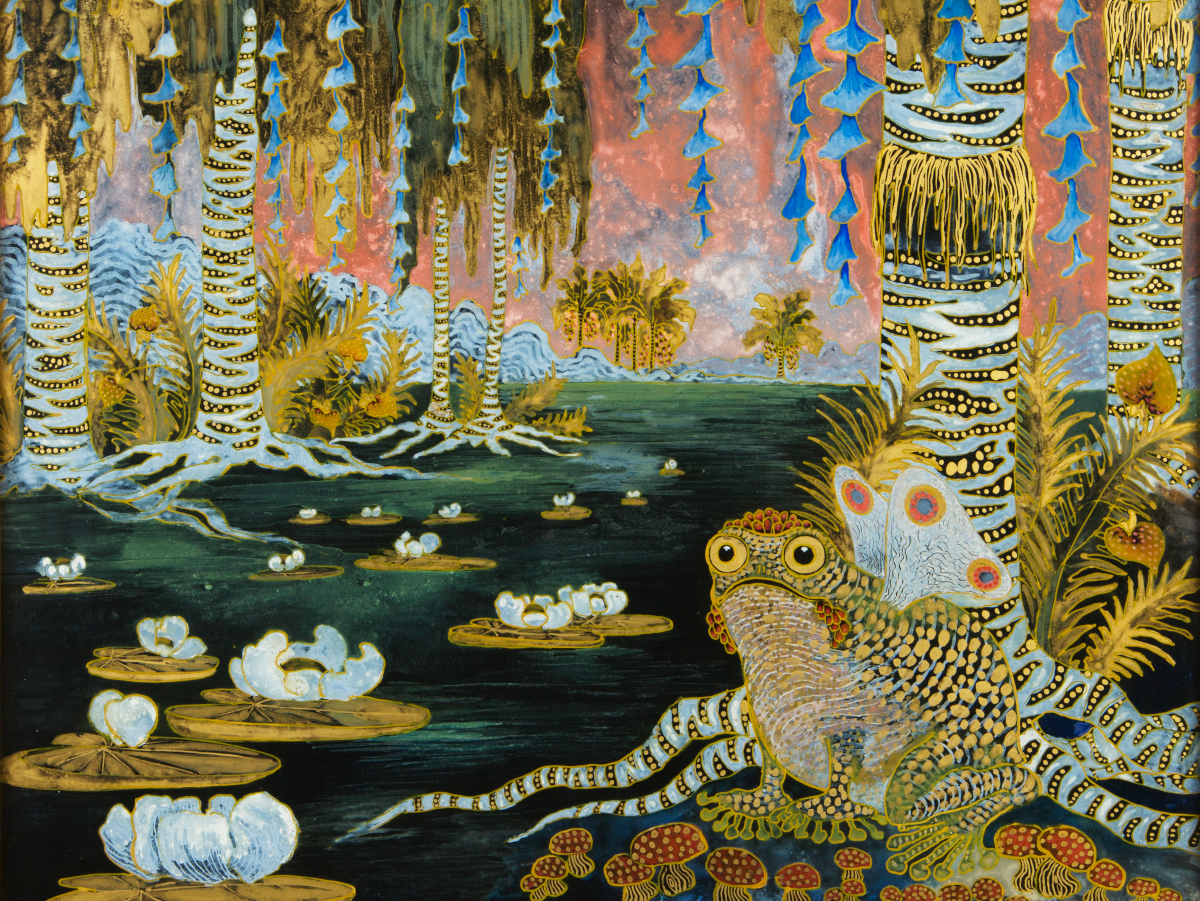Digitizing the Maps of Middle-earth: A Cartographer's Legacy
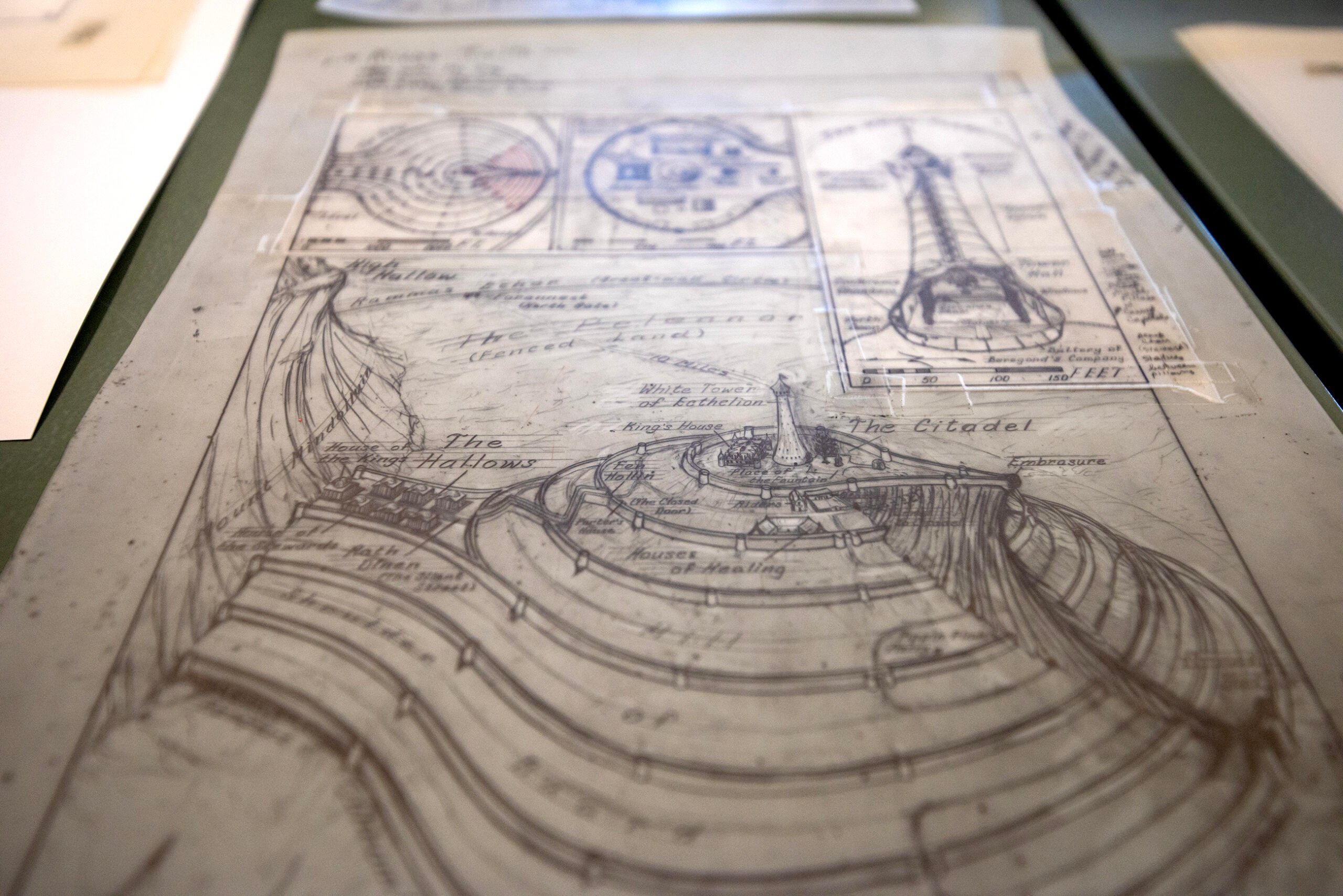
Karen Wynn Fonstad, a Wisconsin cartographer, created the influential "Atlas of Middle-earth," which served as inspiration for Peter Jackson's "Lord of the Rings" films. Her son, Mark Fonstad, is now undertaking the monumental task of digitizing hundreds of her original maps and seeking a permanent archive for this invaluable collection. The maps encompass detailed depictions of Middle-earth, other fantasy worlds, and even unpublished works. This challenging project aims to preserve Fonstad's legacy through digitization and potentially VR technology, ensuring her meticulous work continues to inspire generations of fantasy enthusiasts.
